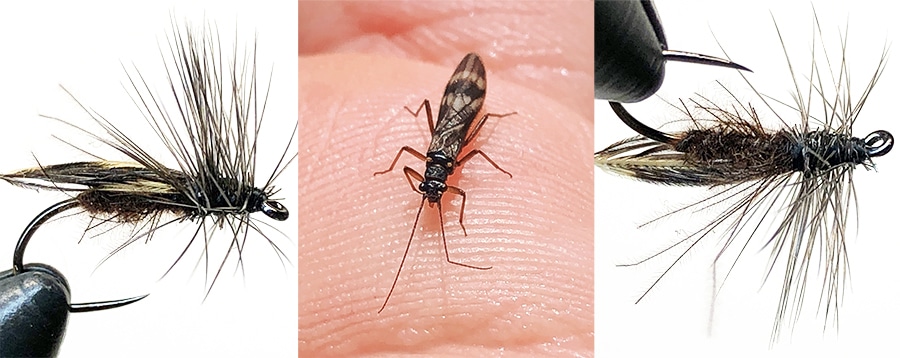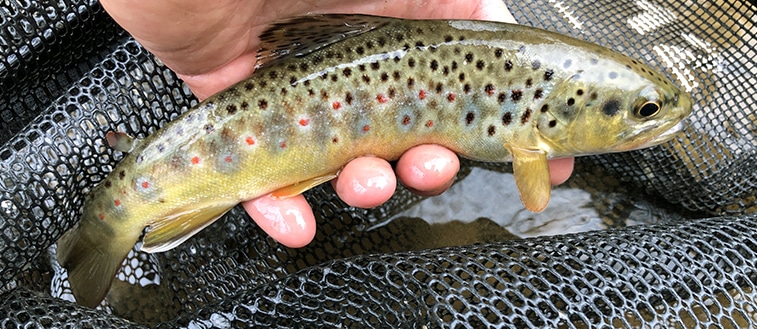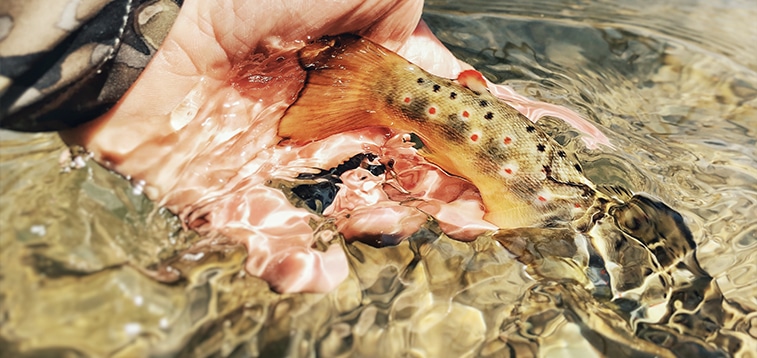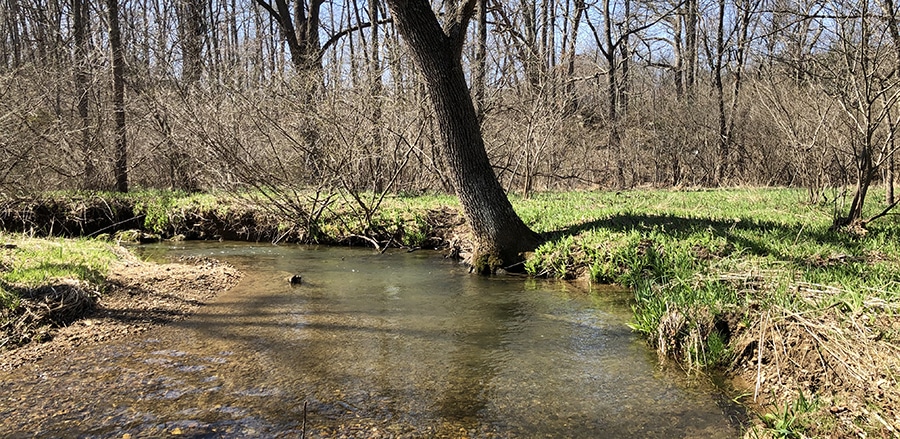TightLinesHigh5s
New member
- Joined
- Aug 23, 2016
- Messages
- 15
Since joining the Alliance for the Chesapeake Bay back in January, I've had a few opportunities to flex my writing muscles, and it has been a joy to bring a fly fishing/tying angle to some of our communications.

I most recently helped our Forest for the Bay team by writing a piece for their newsletter. I sat down to write after a long day of helping our kids participate in our Mentored Youth Program before spending the afternoon alone on a local Class A stream.

The contrast between a morning spent wrangling two kids and enjoying an afternoon stonefly hatch on a wild brown trout stream is substantial, but as I reflected on the day, it occurred to me that I don't really enjoy one all that more than the other.

When it comes to hitting the spring woods and waters of Pennsylvania, I guess I'm just not that picky about how it all goes down.

The full article The Springtime Woods and Waters is over on our Alliance blog. Thanks for reading and tight lines!





